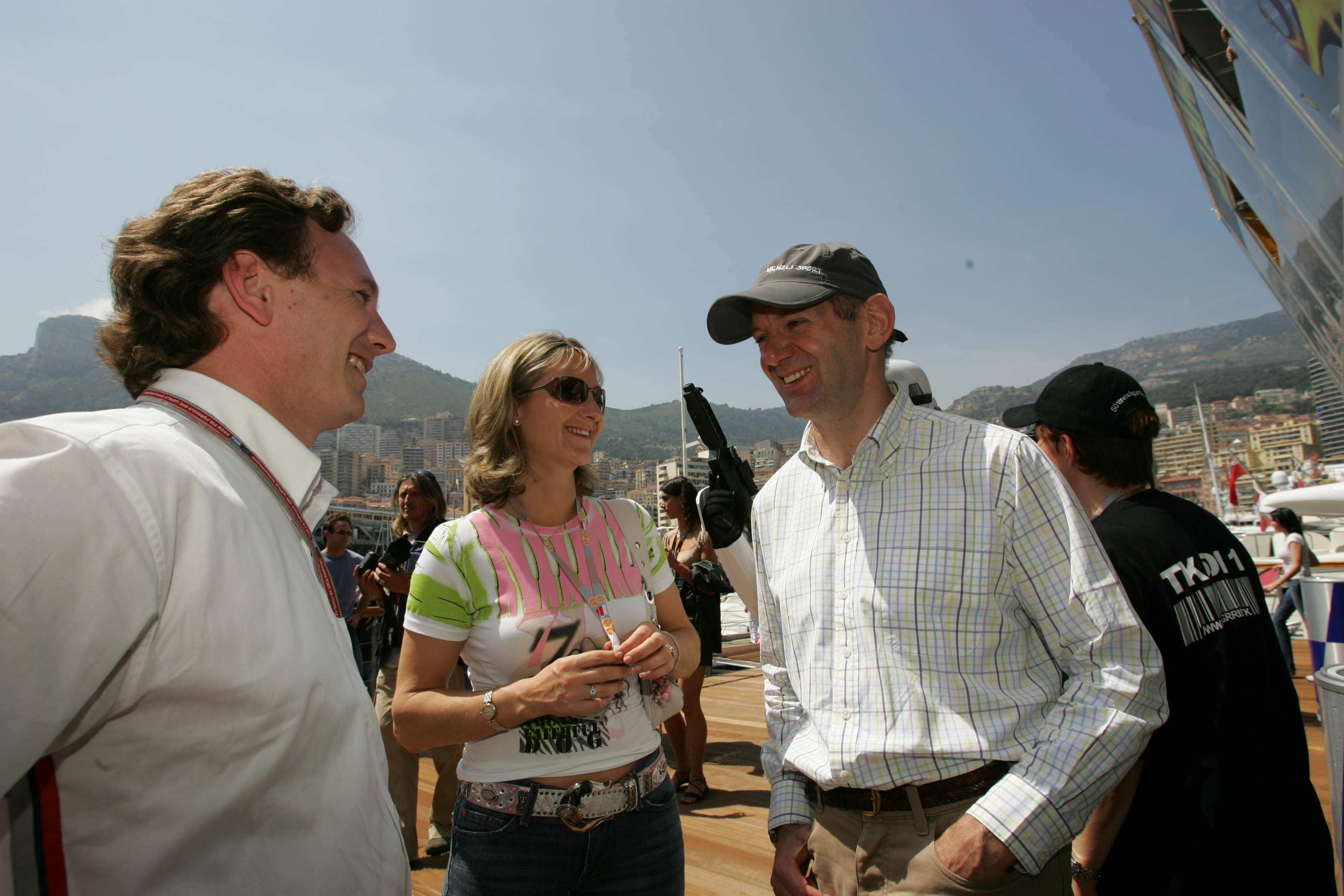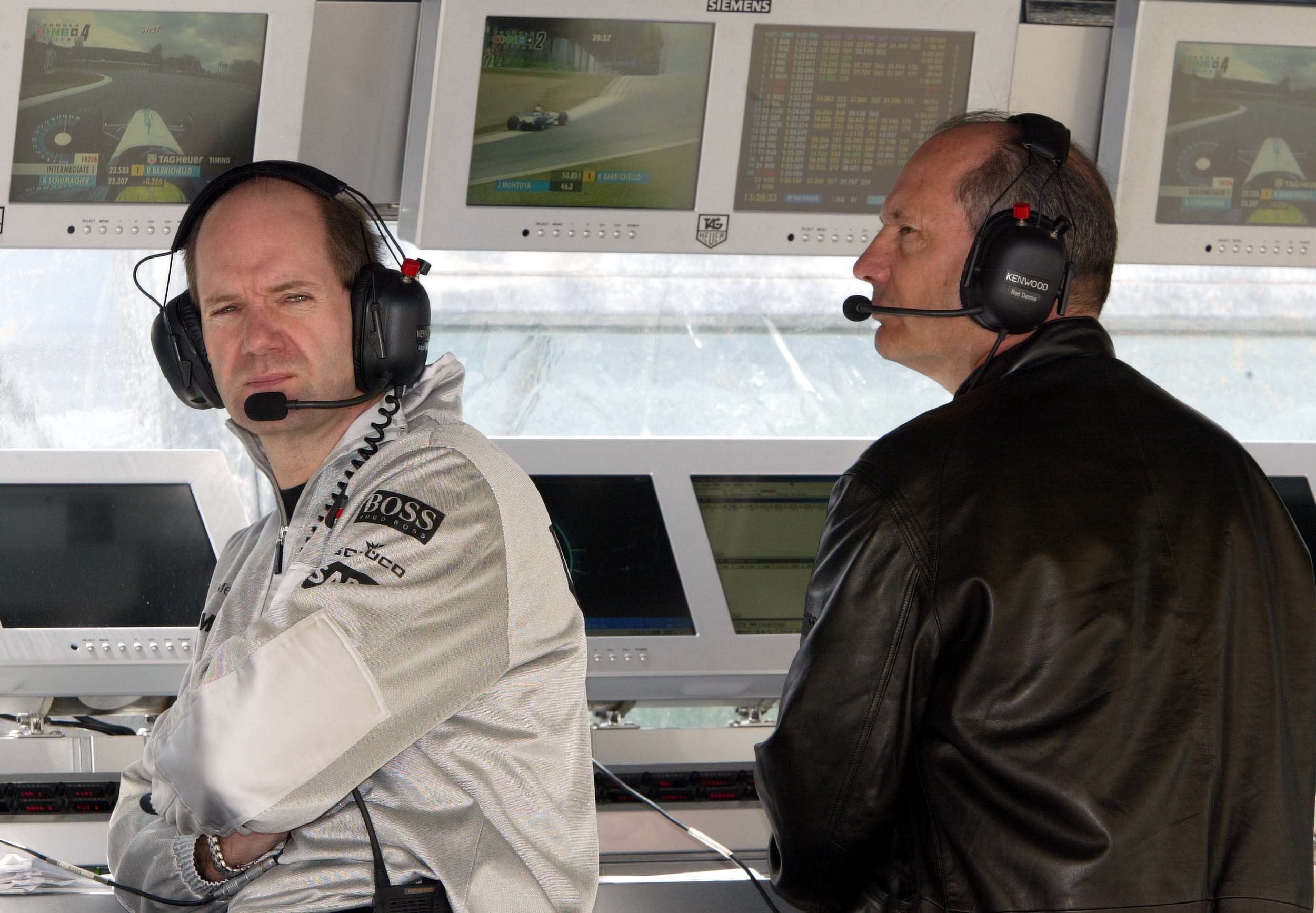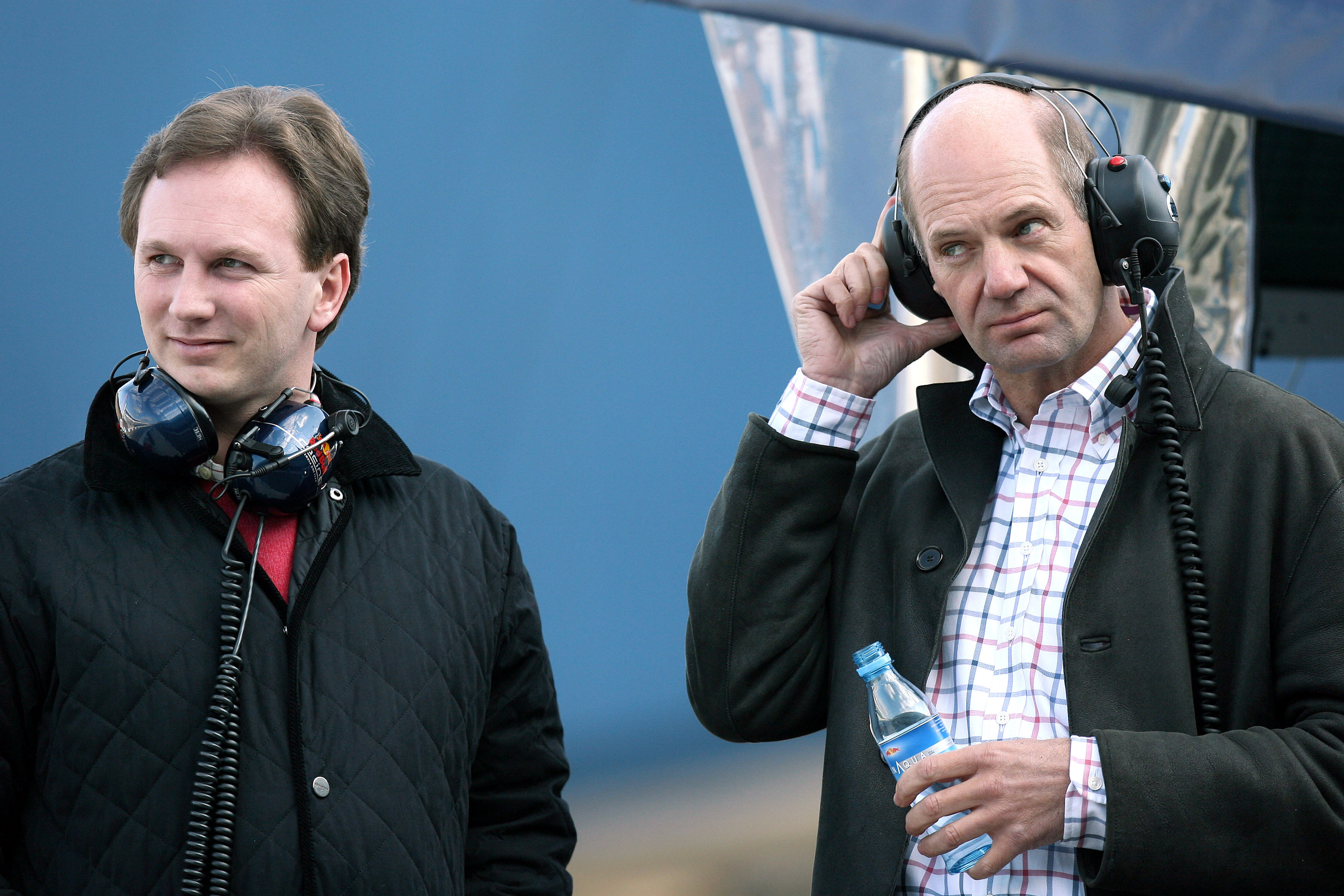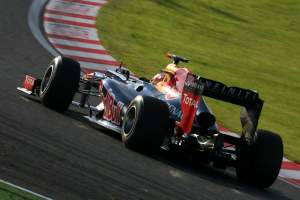Up Next

Winning its 100th Formula 1 race at last weekend’s Canadian Grand Prix gives Red Bull yet another milestone to add to its ever-growing list of achievements.
But it’s not just the fact it’s won 100 races that makes Red Bull’s achievement so eye-catching; it’s the timescale in which it’s done so, having only been competing in F1 since 2005.
Credit of course needs to go to the fact it has always had drivers capable of winning grands prix since its cars have been of that same calibre, but it’s unlikely that Red Bull would have reached this particular milestone without achieving one key goal soon after entering F1: signing Adrian Newey to lead its design team.
The Jaguar team Red Bull took over at the end of 2004 was in a state of disarray. David Coulthard – on his way out of McLaren to make way for Juan Pablo Montoya – had been approached by Jaguar before any Red Bull involvement had come to the fore and later stated he’d concluded he’d rather retire than drive for the team.
That decision quickly changed when Red Bull acquired Jaguar and set out its vision for the future and how it was going to go about getting there.
Red Bull arrived in F1 with a realistic yet bullish approach. It knew 2005 was going to be something of a write-off, but it could use the season to lay down the foundations to ensure its future success. And it did that to great effect.

It didn’t take long at all for Red Bull’s young team principal Christian Horner to get a sense that all was far from perfect between Newey and McLaren, and to start the audacious process of enticing the pre-eminent designer of his generation away from a multiple title winning F1 giant to a new, unproven team owned by a drinks company
But Newey had already once come close to exiting McLaren for the team that was about to become Red Bull.
In the summer of 2001, Jaguar dropped a bombshell when it announced that Newey would be joining it for 2002.
But as quickly as it came together it then fell apart as, just 13 days after making that announcement, Jaguar announced that it had reached an agreement with McLaren for Newey to stay put after all.
Newey had grown increasingly unhappy at McLaren, especially after Ron Dennis presented him with a new contract for 2002 that had a pay cut built into the deal.
Newey said in his book, How to build a car, that he went into the negotiations “with optimism” given McLaren had returned to being a championship-winning force under his watch.

So he was surprised when Dennis offered him a pay cut for a new deal, and told him to, in Newey’s words, “take it or leave it”.
“I was taken aback,” Newey wrote. “Yes, on the one hand, you might say that with the numbers already so high I should have been happy either way, but it doesn’t really work like that. I had helped the company towards a period of prosperity, and achieved a 50% win rate over the past 10 seasons, and I was being rewarded for my efforts with a pay cut.”
Newey said he never understood the offer, but speculated in his book: “Perhaps it was Ron trying to be clever, thinking I had no alternatives. Or maybe he was punishing me for not swearing undying allegiance.”
By chance, Jaguar’s team principal at the time, Bobby Rahal, had contacted Newey around the time McLaren made its contract offer and they got chatting.
Jaguar subsequently offered Newey a package that was more than double what he was earning at McLaren and so it seemed like a no-brainer.
But then things went awry.
Dennis was not prepared to lose Newey and suddenly changed tact. He fought for Newey and pointed out to him that there would be a power struggle at Jaguar between Rahal and Niki Lauda (both pictured below, left and right respectively), and what it would mean if Lauda was victorious.
Newey didn’t want to work for Lauda. He was only going to Jaguar so he could work under Rahal, whom he’d worked with previously in IndyCar.

Newey called this move a “masterstroke” from Dennis, because he was only interested in going to work for Rahal, and he didn’t want to “become a pawn in a Ford management-backed power struggle within the team”.
Dennis also matched Jaguar’s financial offer, and promised Newey he would have the freedom to explore projects outside of F1, such as the America’s Cup sailing competition.
Ultimately Newey felt the Jaguar move was too big a career risk so, after leaving the room to discuss it with his wife, he went back to Dennis and agreed to stay – though the back-and-forth didn’t end there as Jaguar still announced Newey was joining it the next day, despite Newey and McLaren claiming it was agreed this would now not happen.
Amid further statements and counter-statements, Rahal accepted that Newey was not going to join the team, but at the same time stated a contract had been signed and demanded McLaren to compensate Jaguar.
The case went to court two weeks later and the two parties came to an amicable agreement – one that did not require McLaren to make any major compensatory payments, largely due to the fact Newey had only signed a letter of intent with Jaguar.

It would be four years until the Milton Keynes team made a move for Newey again, by which time it was in a very different situation, while the McLaren/Newey relationship – while stable – hadn’t conspicuously improved.
But Red Bull was far from an easy sell on paper. Jaguar had finished only seventh in the constructors’ championship in each of its last three F1 seasons and that’s where Red Bull started off too.
Newey described Red Bull as a team everyone in F1 thought was a bunch of “good-time Charlies”, who’d only stick around until “they lost their money or got bored of the whole thing”. Yet he agreed to join it.

There are three main accounts of the story of how that happened – from Horner, Newey and Coulthard – and they’re all slightly different.
Horner says the first time he met Newey was when he spotted him outside the Red Bull Energy Station at Imola, round four of the 2005 season, checking out the brand new hospitality unit, so Horner invited him in to show him around.
Newey says that after that, Horner made a habit of “accidentally” bumping into him around the paddock for chats, and Newey suspected this was Horner building up to making an approach.
The next part is where the stories differ the most. Newey says he was approached by Red Bull advisor Helmut Marko at Silverstone in July. Marko gave him his card and told Newey to call him. Newey says that instead he called Horner, and from there they arranged to meet in secret with Coulthard.
Horner and Coulthard don’t mention Marko’s involvement. But Horner says that when he expressed an interest in Newey, Coulthard suggested they should go for dinner, while Coulthard says going for dinner was Horner’s idea.
However it happened, they met in London, and Horner says they didn’t directly discuss the prospect of Newey joining, but it was clear they got on well. And Horner could also tell that Newey wasn’t happy at McLaren, where his contract was running down.
“They hadn’t treated him particularly well, and it didn’t seem like there was any magic between him and Ron,” Horner told Motor Sport in 2012.
Horner told Red Bull co-founder Dietrich Mateschitz that he felt the F1 team had a shot at getting Newey, and Mateschitz was on board, so Newey was flown to Austria – in secret – in an attempt to sort a deal.
That secret visit wasn’t quite so secret when Newey arrived at Red Bull’s Hangar-7 facility and was spotted by a group of Japanese tourists – who all took pictures of him – but fortunately for him and for Red Bull, this was just about still in the days before social media, so they got away with it.

Horner has admitted he didn’t tell Mateschitz in advance what he reckoned it would cost to bring Newey over from McLaren. And when the subject of money came up, Newey simply asked for what he was already being paid by McLaren (which Horner later admitted was still “about 70% higher than I’d warned Dietrich we might have to pay”).
Both Horner and Newey have said that Mateschitz’s first response to this number was along the lines of “send him home”. Newey says Mateschitz then called Gerhard Berger for advice, and Berger’s response was “it depends on the value you put on a second per lap”.
That was enough for Mateschitz. He was immediately convinced, and the deal was done.
The deal was announced in early November, by which time Newey had already been marched off the premises at McLaren as soon as he’d told Dennis the news.
Newey said in his book that one of the big things that appealed to him was the chance to be with a team from almost the beginning. He said it felt like unfinished business from his time at Leyton House, when the rug was pulled from under the team in 1990 just as things were coming together.
On Red Bull’s in-house Talking Bull podcast, Horner described Newey joining as the moment that people started taking Red Bull seriously.
And he’s right. Once Newey got his feet under the table, it didn’t take long for Red Bull to get into the winning habit – one it’s rarely been out of since.
Which is quite a different outcome to the one Dennis predicted.
“At the Autosport Awards our car, the MP4-20, won car of the year. I was sitting at the Red Bull table, content to watch as Ron collected the award,” Newey wrote in his book.
“Would he mention my contribution in his speech, I wondered. He certainly mentioned me.
“He told the room how I had left McLaren to join Red Bull because I wanted a quiet, low-pressure job working for a team that would never ever succeed. And how I was doing it all for the money.
“Sitting beside me, Christian was indignant on my behalf, but I found myself feeling a little more philosophical.
“I thought, ‘Well, at least I know I’ve made the right decision’. I thought to myself: ‘dig deep Adrian, and show them’.”
Red Bull’s debut Formula 1 season in 2005 is the topic of episode one of the new series of our Bring Back V10s podcast. It’s released on all major podcast platforms on July 6, but you can get early access to it already by joining The Race Members’ Club








